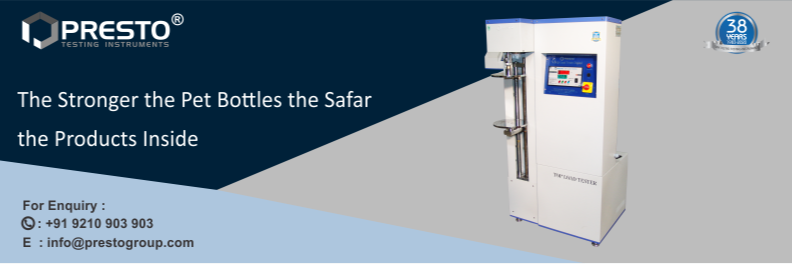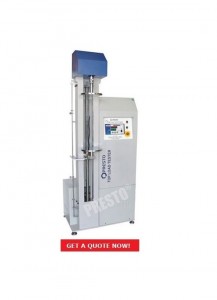

 The PET bottles are used for packaging of delicate and essential products such as food items and beverages, chemical and pharmaceutical. Therefore, maintaining a good quality of PET bottle is important for the manufacturers. The best possible quality and strength to the bottles are required for delivery of the products in a better way. The poor quality of the bottle has a significant effect on the products that are packaged inside. A good quality of PET bottle assures the safety of the product inside.
The PET bottles are used for packaging of delicate and essential products such as food items and beverages, chemical and pharmaceutical. Therefore, maintaining a good quality of PET bottle is important for the manufacturers. The best possible quality and strength to the bottles are required for delivery of the products in a better way. The poor quality of the bottle has a significant effect on the products that are packaged inside. A good quality of PET bottle assures the safety of the product inside.
PET Bottles – Safest Mode of Packaging
The high amount of compressive force during the transportation process of PET bottles pallets may crush or deform the bottles causing the products to leak from the bottles or spillover completely. Bursting is the major problem, and, therefore, PET bottles requires testing for their compressive strength. A top load tester is an ideal testing equipment to analyze the effects of compressive loads on the PET bottles when they are applied from the top. A set of twelve samples is used to perform the testing procedures. During the test, the bottles are compressed until they are deformed or burst. An average of test results is noted which provides the maximum amount of force that the bottles can bear without deformation.
Testing Equipments – The Quality Polishing Process
Presto’s testing instruments assure the best quality by providing stable and repeatable operation and test results. The highly precise and accurate instrument is designed following the prerequisites set by various standardization authorities, and also compatible with the international industries. To know more about presto’s top load tester visit at www.prestogroup.com.
Related Blogs

Understand why tensile tests give incorrect results and learn best practices to avoid specimen and machine-related failures.

Understand the differences between IZOD and Charpy impact testing, their benefits, limitations, and when to use each test.

Improve packaging strength with the right Edge Crush Test formulas and methods to ensure durability and performance.